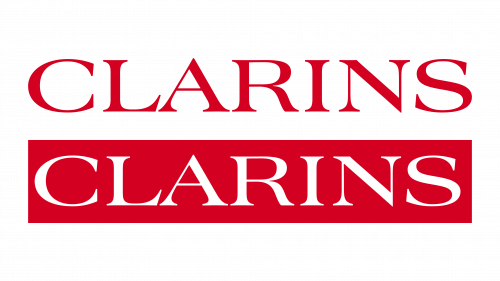Maine is home to one of the oldest known art schools. At 140 years old, it was recently renamed Maine College of Art and Design – MECA&D. An expanded range of educational programs, improved service and attention to the student learning environment, and deep involvement in the lives of the young generation as a new institution strategy paved the way for the rebranding of the school.
MECA&D’s faculty, students, staff, and alumni have shared a creative force to create a new identity reflecting the College’s new strategy. In the post-pandemic times, all educational organizations had to reformat their education and rethink their activities. In recent history, there has not been a similar incident, event, or series of events that could have such a strong impact on the economy and culture, embrace all spheres of human life, and change society as a whole.
So MECA&D have rethought their activities. A strategic plan for the development of the educational institution for the future until 2027 has appeared. The development plan is that there will be greater coverage of disciplines, student mobility and exchange of experience will increase, more international students will be attracted to the learning process within the walls of the College in Maine. Also, jobs will be offered to foreign artist-teachers who are ready to open new horizons for students.
The College believes it is time to open up new perspectives for today’s creative thinkers. Many people took part in the plan’s development, who are directly related to the system and work processes. Therefore, the participants in the creative discussion themselves saw how much the current situation needed to be changed so that in the post-pandemic period, the institution would open its doors and accept more students. We decided to expand the name, strengthen our position among other institutions, and put inclusiveness and creativity at the forefront.
The rebranding affected disciplines since it was clear that something was missing in training; otherwise, 60% of graduates who delved into the design would have a different percentage. Courses in animation, game art, illustration, graphic design, textile fashion illustration, woodworking, and furniture design have appeared. In addition to renewing the College’s mission, vision, and core values, the plan also highlights five strategic goals that will drive growth over the next decade: enhancing student achievement, developing sociocultural values and inclusion, introducing online learning as an equal form of learning, creating a hub for life and learning a sustainable financial plan for the years to come.
Now it is worth noting the old and new logo of the educational institution.
The current one has become the embodiment of creativity and “turning” education upside down in the era of sociocultural transformations.
If earlier there was just a horizontal black image of the name MECA with a bright coral letter E as a hint of the brush pile, and below the abbreviation, now this is a vertical arrangement of black letters in pairs MECA&D. Below the small print is the full new name of the College. And no bright accents or blemishes.
In principle, there is no such urgent need to criticize the previous logo. He fulfilled his role, was also a bright burst of creative thought. Not that it is morally outdated, on the contrary, and now it would look very dignified and organic. But the new name of the College and the orientation towards taking new heights forces us to take decisive steps towards renewing the visual identity.
The new logo looks organic and fresh, so the College doesn’t have to worry about the audience’s reaction. This will only lure new students, and with its serious intentions and authority, the College has long won the honor and credit of trust among young people.






